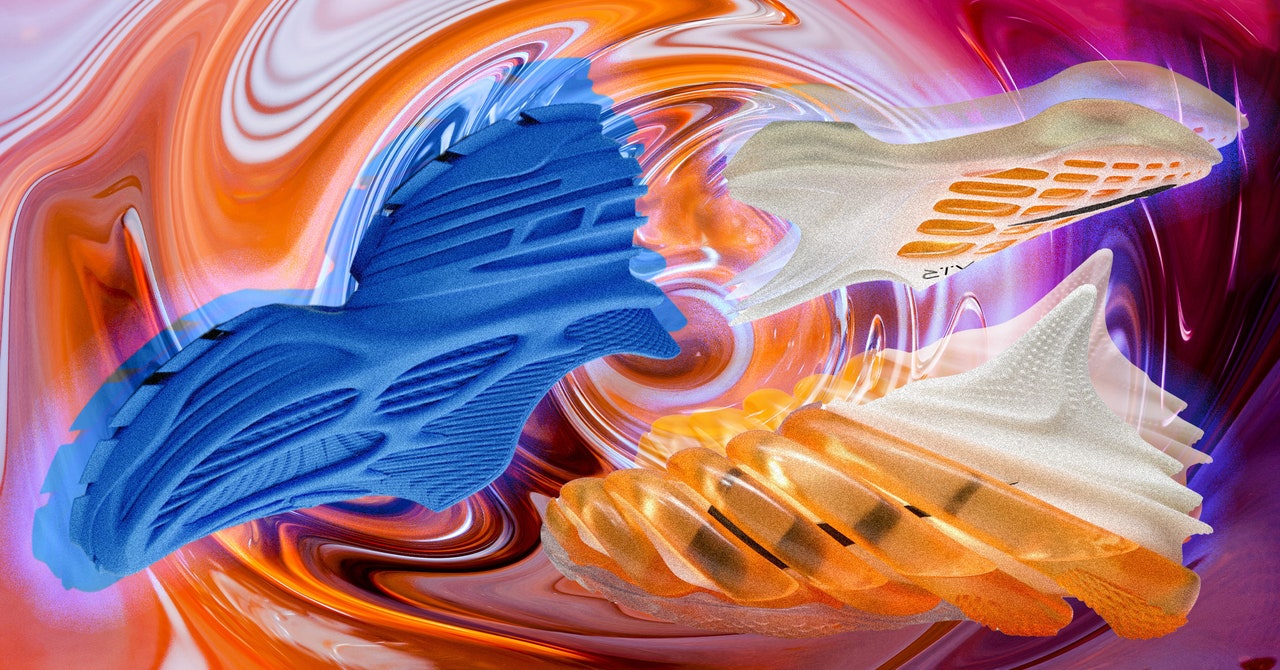“Companies like Nike and Adidas and the rest have IP or brand identity based on how their shoes fit and feel. If you went from Birkenstock to, say, Nike, you would immediately realize that their footbeds are completely different. You don't want to lose your IP based on how a consumer finds your shoe. This doesn't mean that big brands won't take risks, but it's calculated. “Their use of 3D printing will be targeted, and it will be limited.”
But when big brands release 3D-printed designs, it's not just vaporware.
“Every time there is a new 3D-printing PR initiative by a major brand, there is a technological advancement,” says Polk.
“They're learning a lot about new materials they can use in 3D printing, but for big brands, the comfort isn't there yet. Rebel brands can try new materials and different designs because they don't have a fixed consumer in mind.
change is underway
Dial-in comfort was top of mind when, in 2015, troy nachtigallA Marie-Curie fellow studying personalization and footwear at the Wearable Senses Lab at Eindhoven University of Technology in the Netherlands created a pair of personalized 3D-printed shoes for a Dutch politician. The shoes – the dress, not sneakers – took 100 hours to print and were made of a series of soft, vertical curved lines that were flexible. The politician loved the shoes and said they were the most comfortable pair he had ever worn.
But the perception remains that 3D-printed shoes must be flexible, stretchy, and uncomfortable.
“3D-printed shoes are cool, but only a small percentage of us are so passionate about them that we buy them without hesitation,” Nachtigall told WIRED. “Generally, consumers are indifferent to it. They may wonder, what does [a 3D-printed shoe] Add to my life? But thanks to data science and machine learning, that's set to change, allowing manufacturers to truly personalize shoes for the individual.
This makes it a great place for disruptors, he says, because we will soon see data science meeting human movement. “Running is quite complex, and comfort is important. Computational fabrication 3D-printing allows firms to design not only for the shape of the foot but for the weight and pressure profile of the individual. Big sneaker companies likely won't be the first to get into this. Because they're embedded in an industrial system that suits them right now.”
But Nachtigall believes this area is eventually going to change. “We are seeing a change. Just as was the case with shoes in the 1950s, when the Dutch took the shoe industry out of the Netherlands and moved it to Asia, a similar change may soon take place [in production techniques] and use of new materials. I was in Hong Kong recently and talked to a professor specializing in polyurethane who told me about the changes being made to FDM filaments by Asian manufacturers, the changes are pretty amazing: mixing things and seeing what the mixture actually does. Will be printed in.
“Disruptive 3D-printing footwear companies are now working on printing the behavior of a shoe, printing bounce, flexibility, and controlling it all very deeply. This will make better shoes.”
And sells better, Nachtigall believes. He adds, “Footwear is a beautiful area to work in, because it brings together so many different ideas at the same time, from aesthetics to plasticity, as well as the elasticity of materials. Add in AI and we'll soon will tackle the complexity of human motion in a way that is far superior to anything we have seen before.


